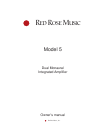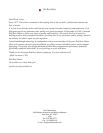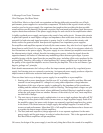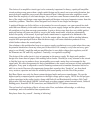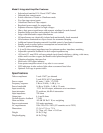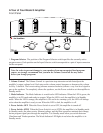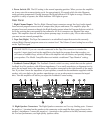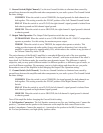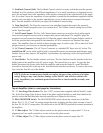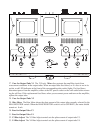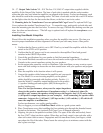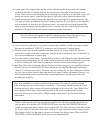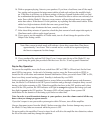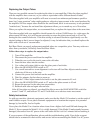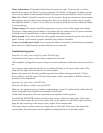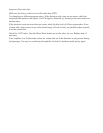
A Message From Victor Tiscareno:
Chief Designer, Red Rose Music
At Red Rose Music we have built our reputation and design philosophy around the use of high-
performance power supplies in vacuum tube components. We believe that a good circuit can only
sound as good as its power supply. Our experience has taught us that providing the best possible
sound requires careful planning, design and execution. But maximum performance from these areas
requires meticulous attention to the power supply design for each circuit in the amplification chain.
A tightly regulated power supply can improve the sound of any audio circuit. Vacuum tube circuits
in particular operate at much higher voltages and impedances than solid-state circuits; therefore the
potential for both noise and signal corruption is greater. And it is well known that circuits with
triodes realize the greatest benefit from precision regulated, low-impedance power supplies.
Pre-amplifiers and amplifiers operate in basically the same manner: they take low-level signals and
boost them to useful levels. In a pre-amplifier, the current draw of a Class A circuit causes relatively
low fluctuations on the power supply. The power supply in a two-channel pre-amplifier must remove
the inherent noise (ripple voltage) from the incoming power source, isolate the signals from the
opposite channel, and reduce or eliminate any modulating effects between gain stages. A power
amplifier begins with the signal from the pre-amplifier stage, including all the noise produced in the
pre-amplifier. Therefore, the quality of sound produced by a power amplifier can be no better than
the quality of the signal that amplifier receives from the pre-amplifier. This is the well-known “gar-
bage in, garbage out” principle.
Static bench measurements don’t always reflect the improvements produced by a regulated power
supply, but listening tests are extremely convincing. An improved power supply produces subjective
improvements in both noise reduction and transient signal performance.
There are three basic ways to design a power supply for an amplifier or a pre-amplifier:
1. Starting with a power transformer, feed the raw AC to a bridge rectifier, and then filter and
smooth it to an unregulated DC voltage level, using either capacitors or large inductors.
Regulation of this type of power supply is produced by the impedance of the transformer
winding and the amount of capacitance used for filtering. The unregulated voltages are split
off to various points in the circuit, where additional, localized filtering is applied in order to
isolate the gain stages from one another. Because of the relatively low cost, most amplifiers
use this kind of design.
2. The next step up in power supply sophistication is to use a single regulator that splits off DC
voltages to various points in the circuit. In most cases, a single regulated supply feeds all of
the amplifier stages, but more costly designs use separately regulated supplies at key points
in the circuit. The choice between a single supply and multiple supplies is a trade-off be-
tween cost and performance. More than 99% of all amplifier manufacturers have chosen not
to regulate the output stages of their amplifiers.
3. The best (and most expensive) design approach is to use separate regulators for the main
power supply and the gain stages, in order to isolate the circuits. This is the approach used in
Red Rose Music amplifiers and pre-amplifiers.
Of course, the design of the power supply is not the only thing that effects the sound of an amplifier.
RED ROSE MUSIC



